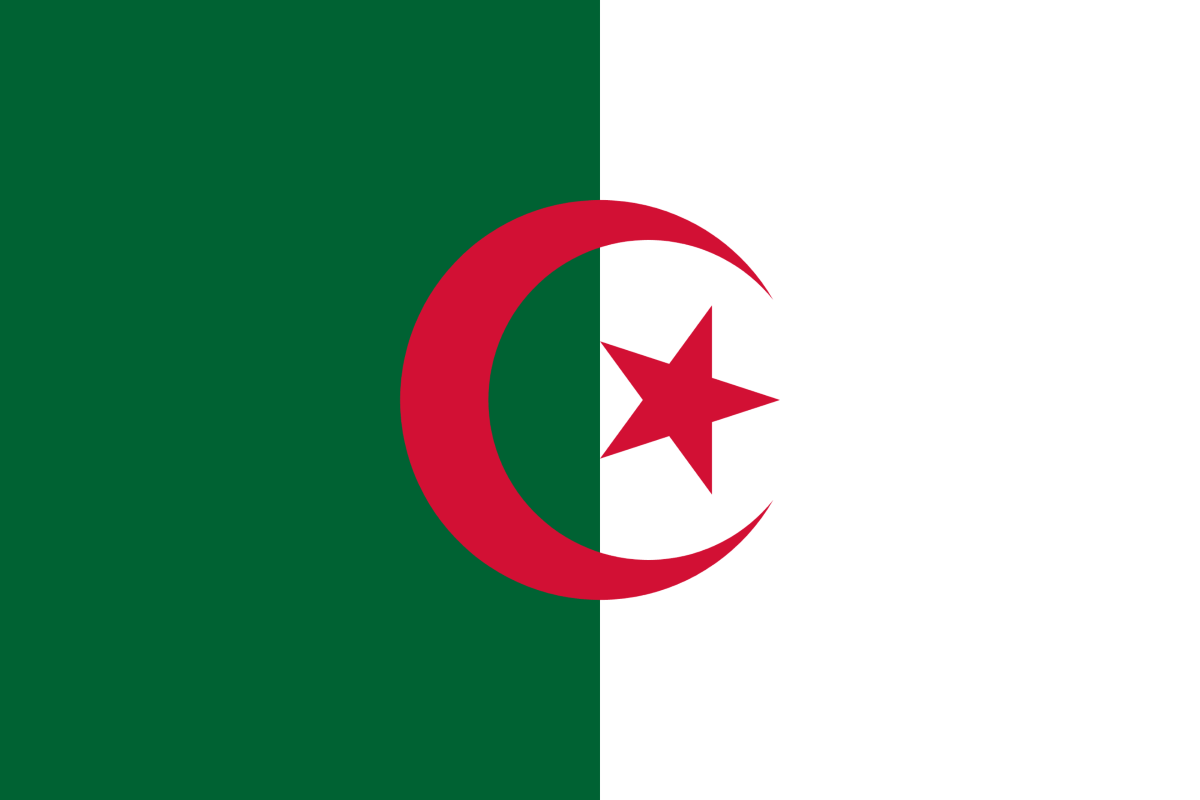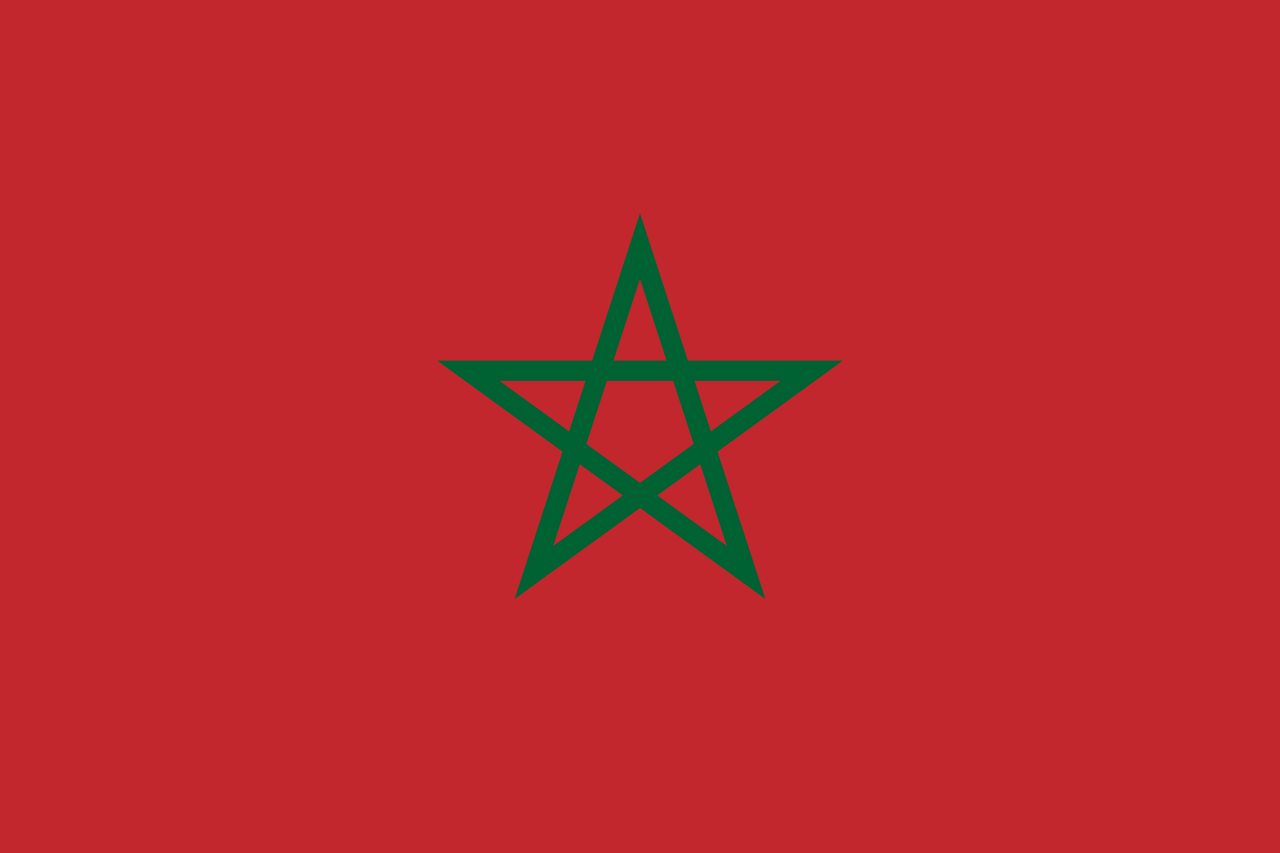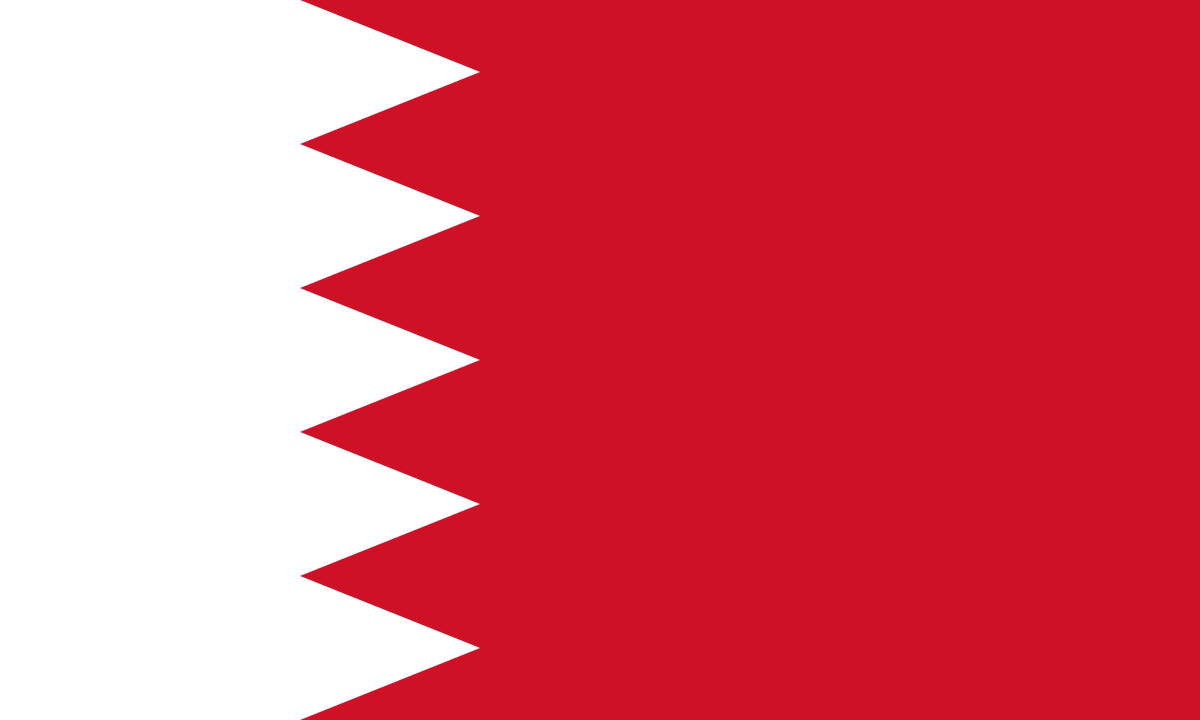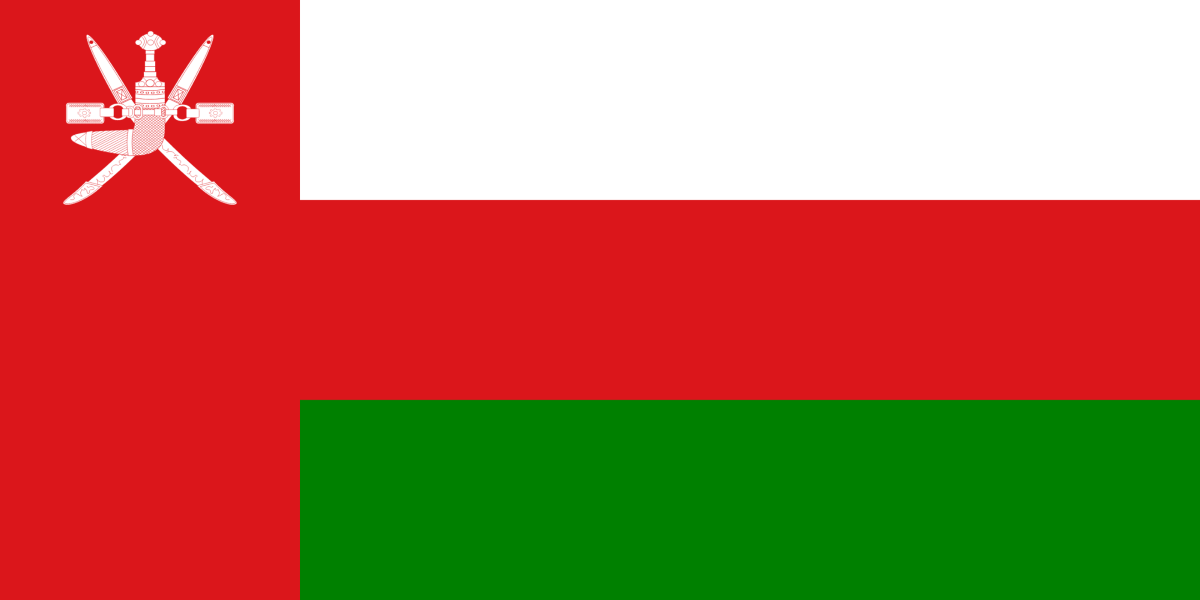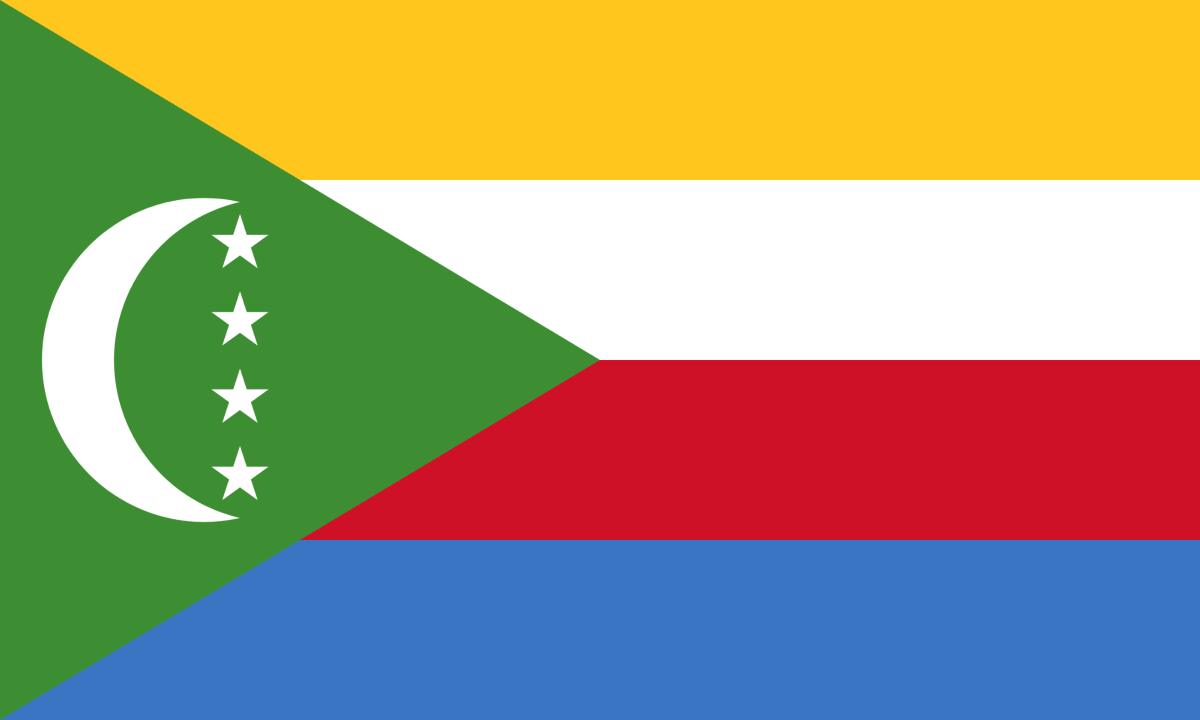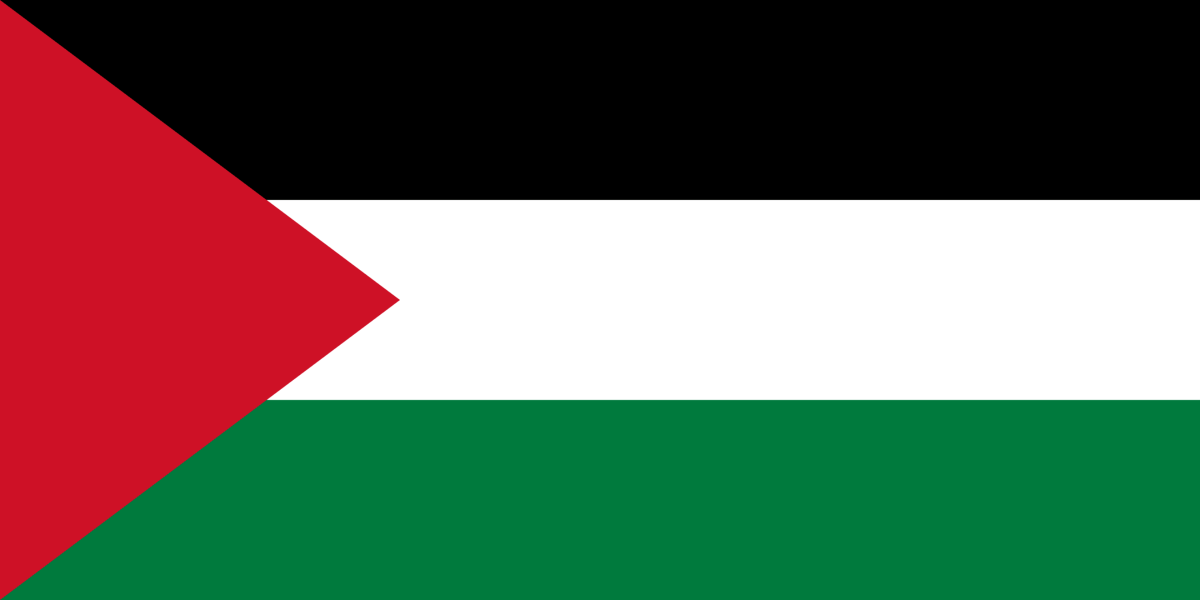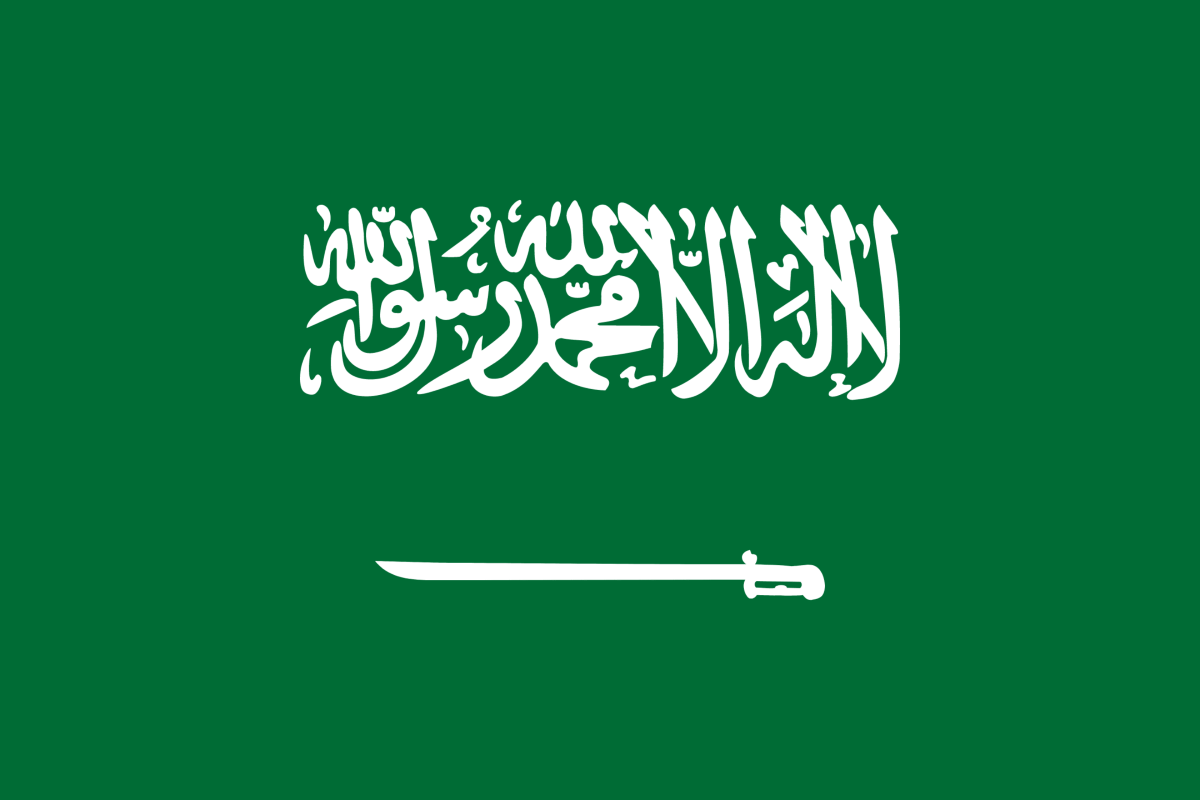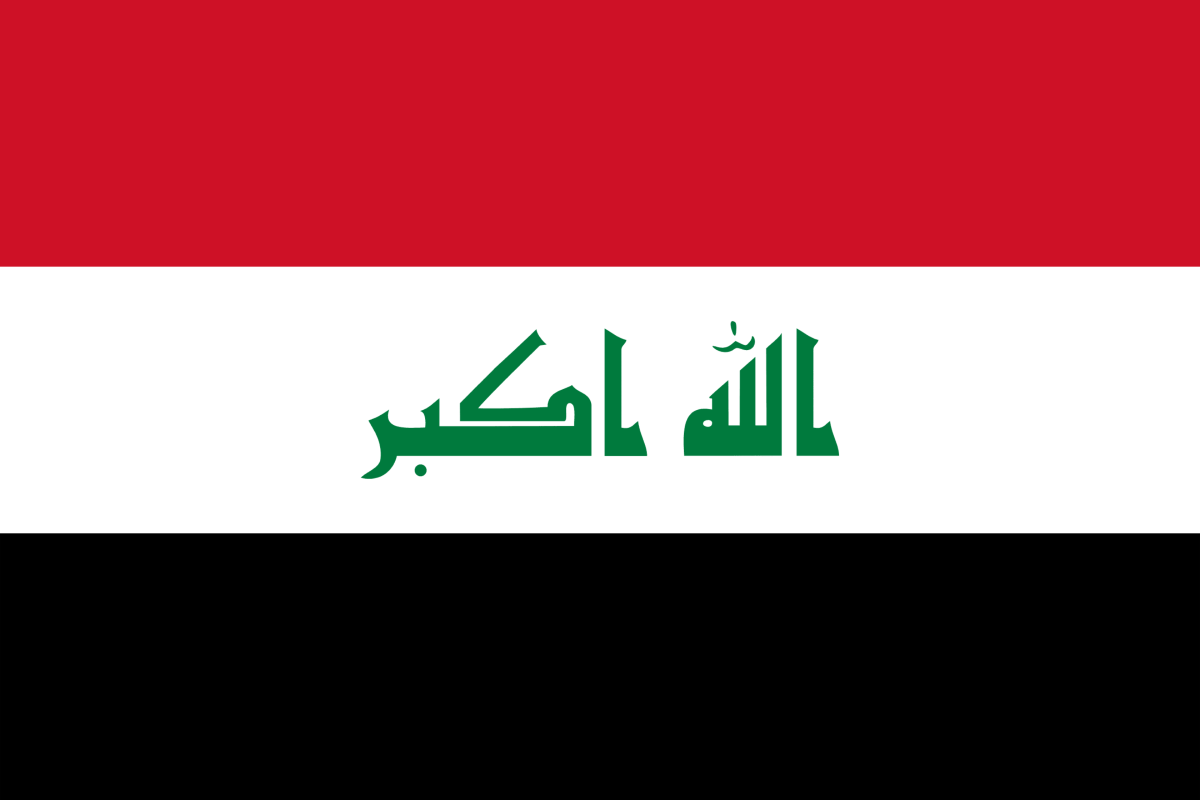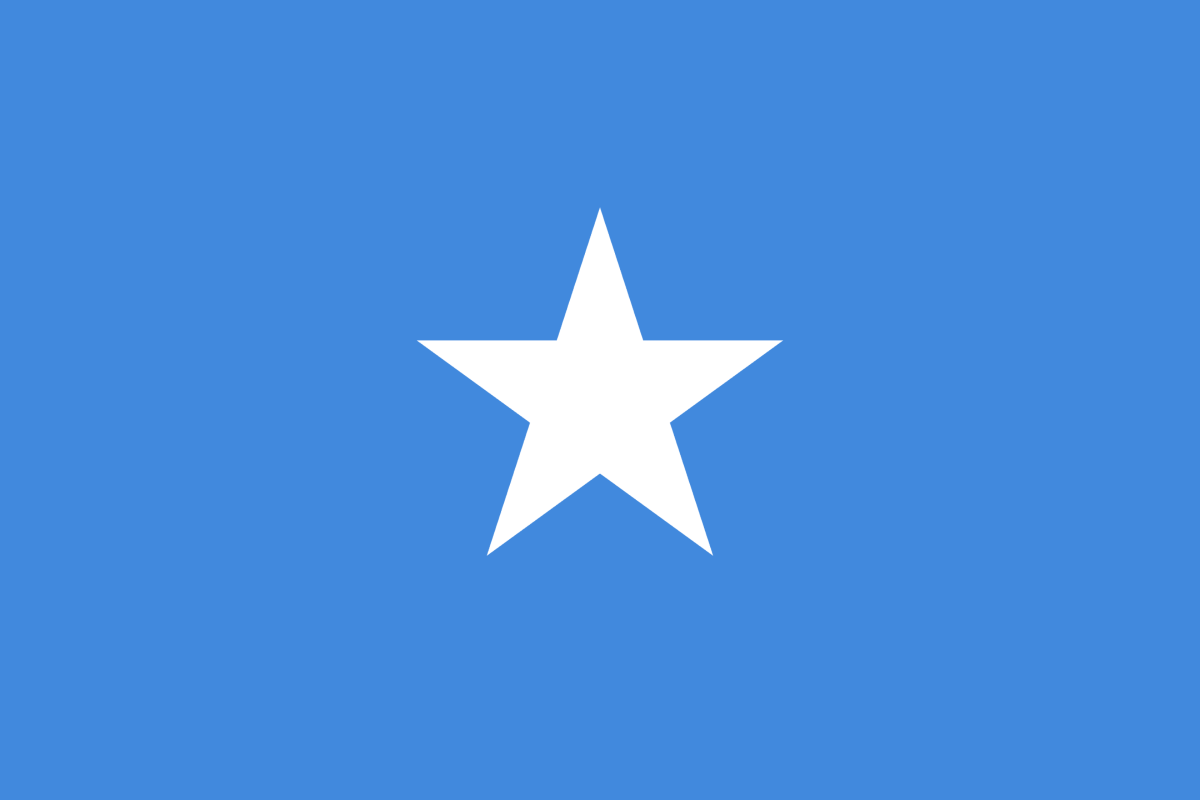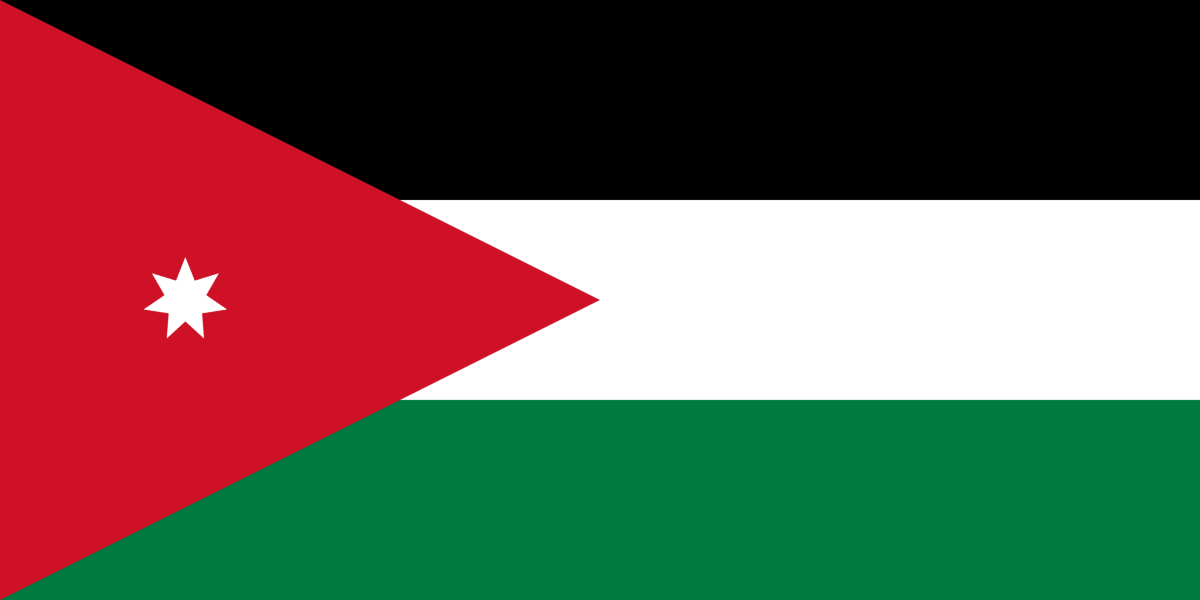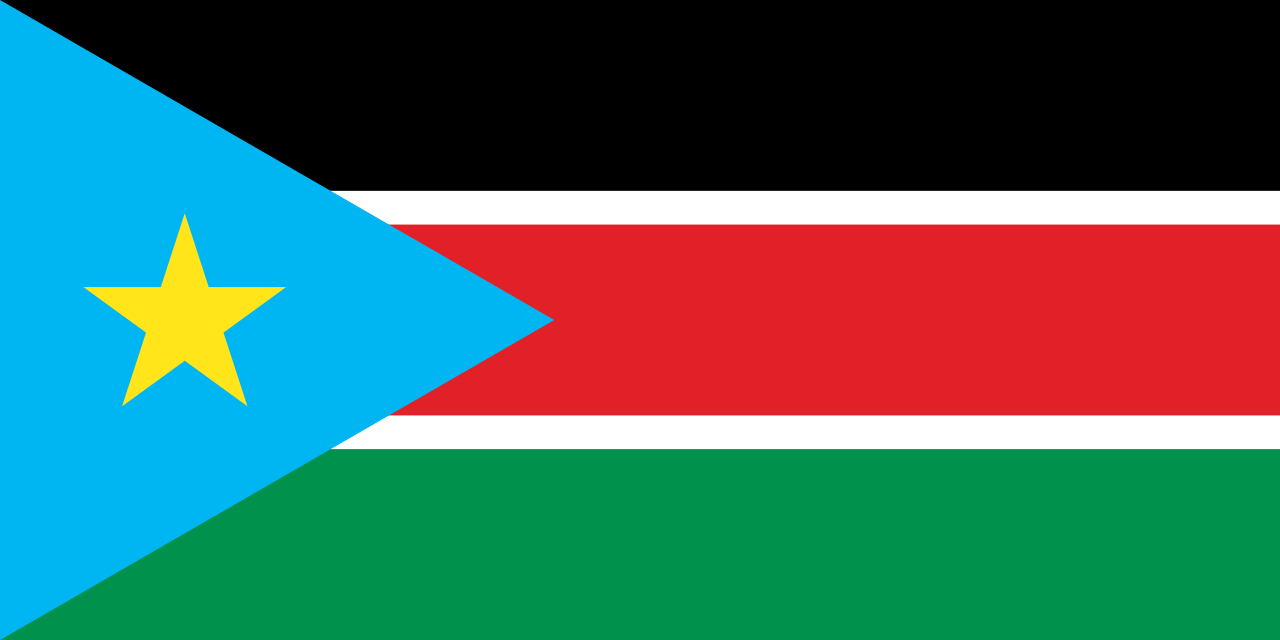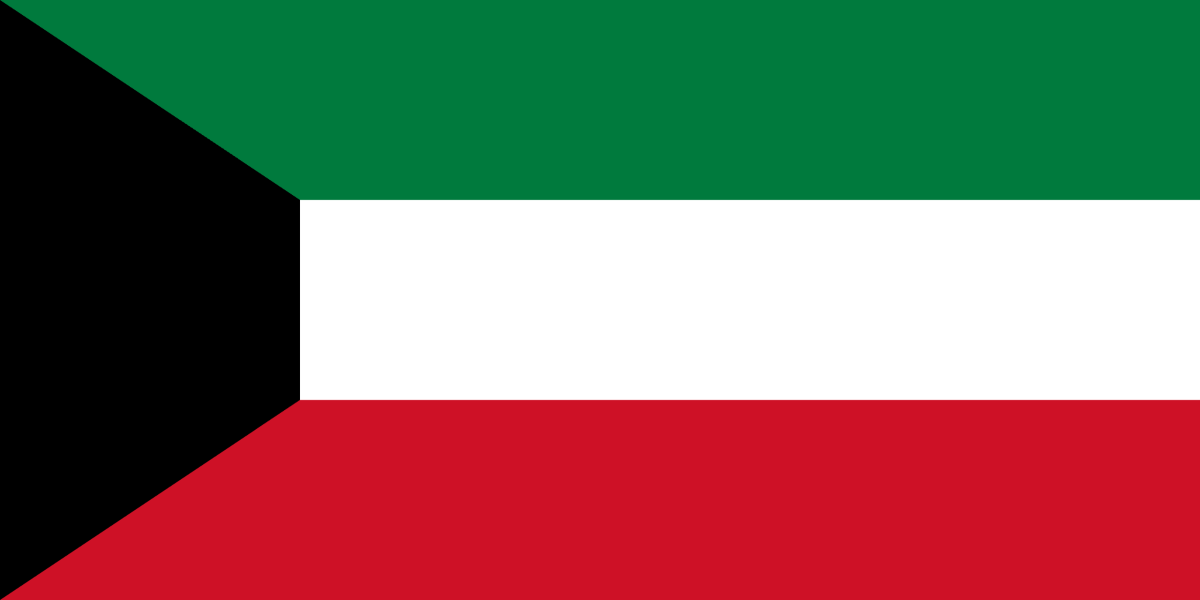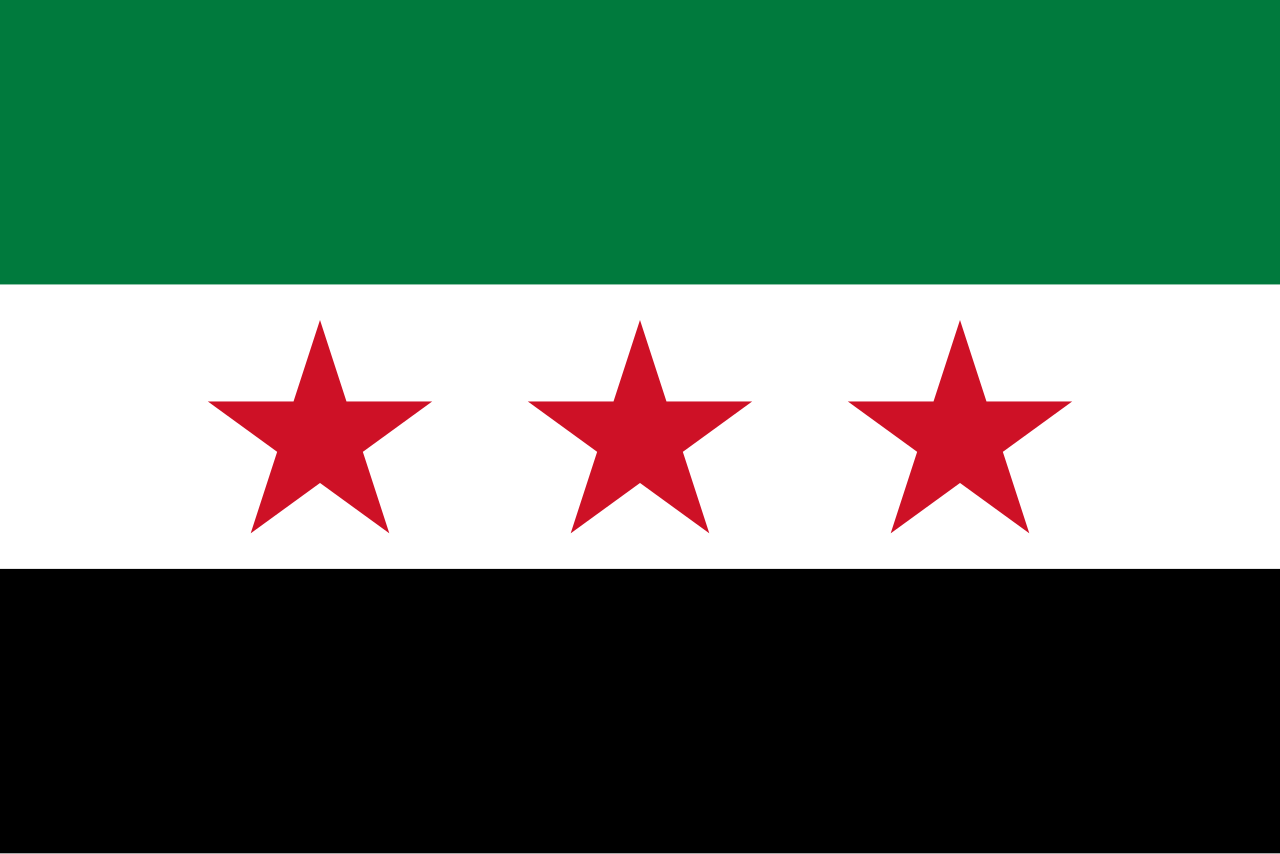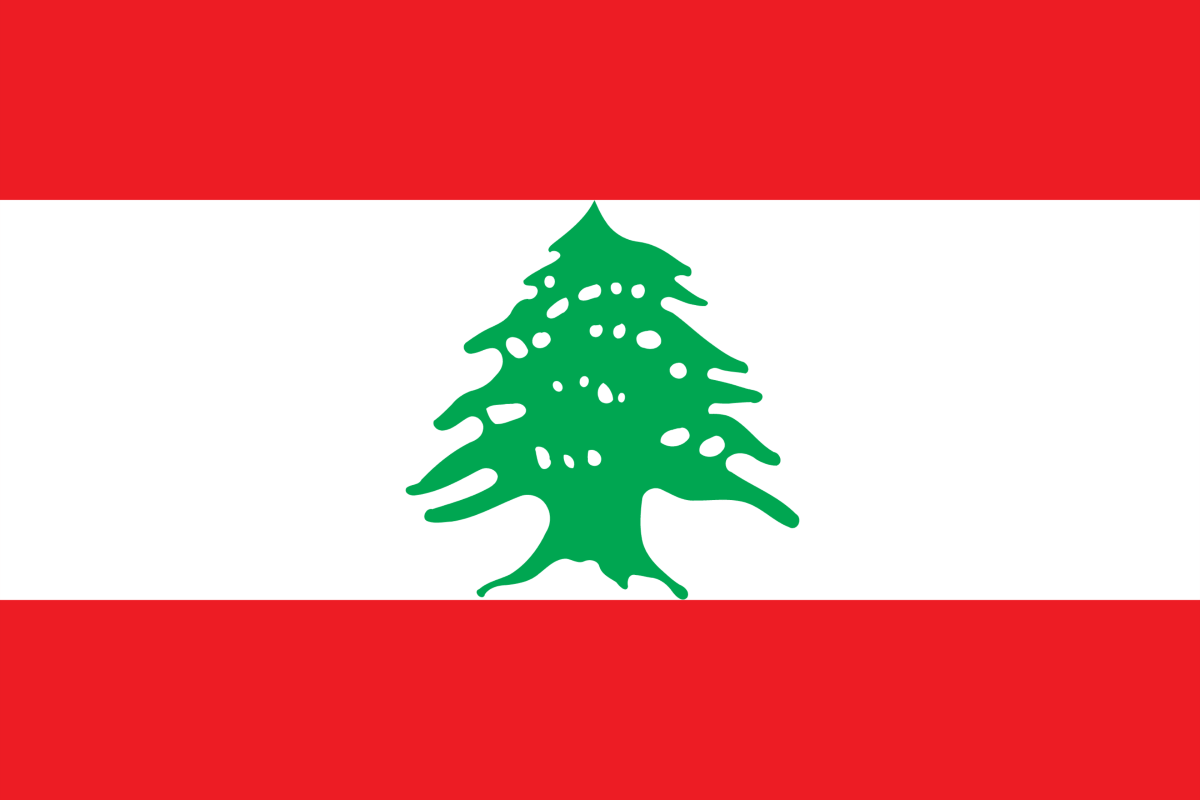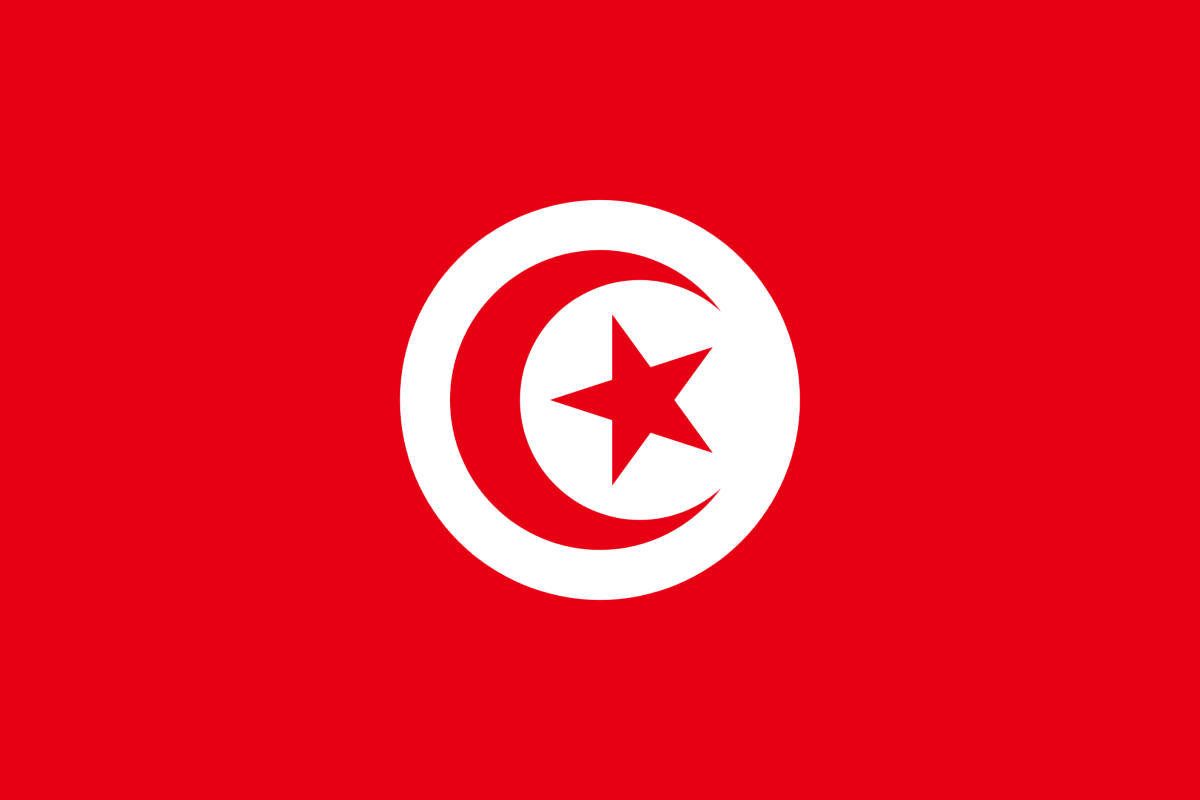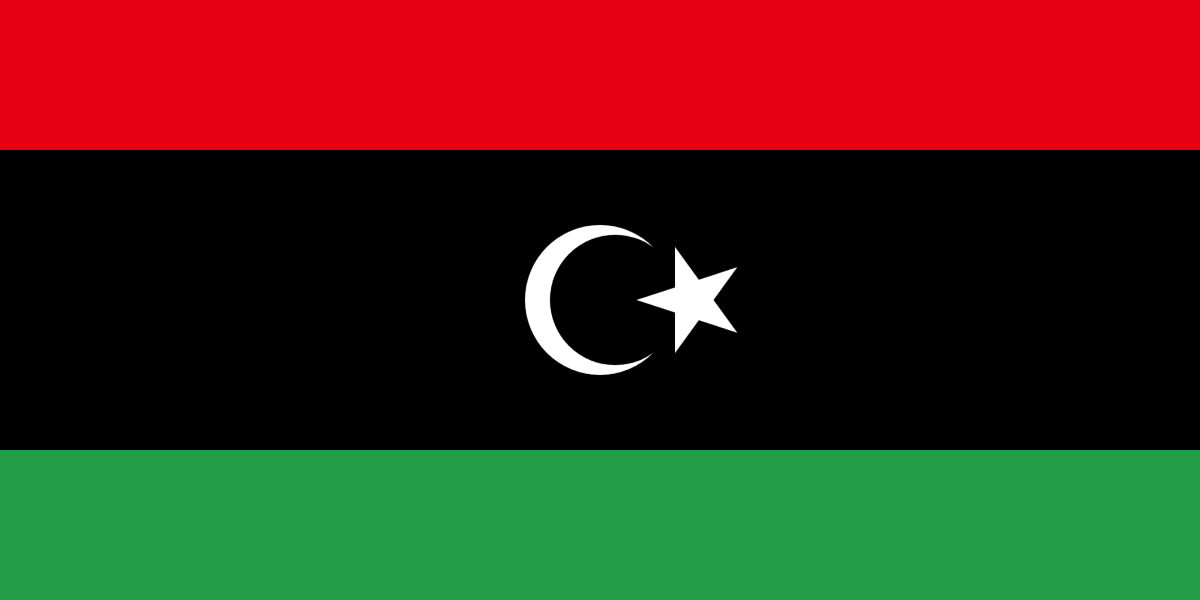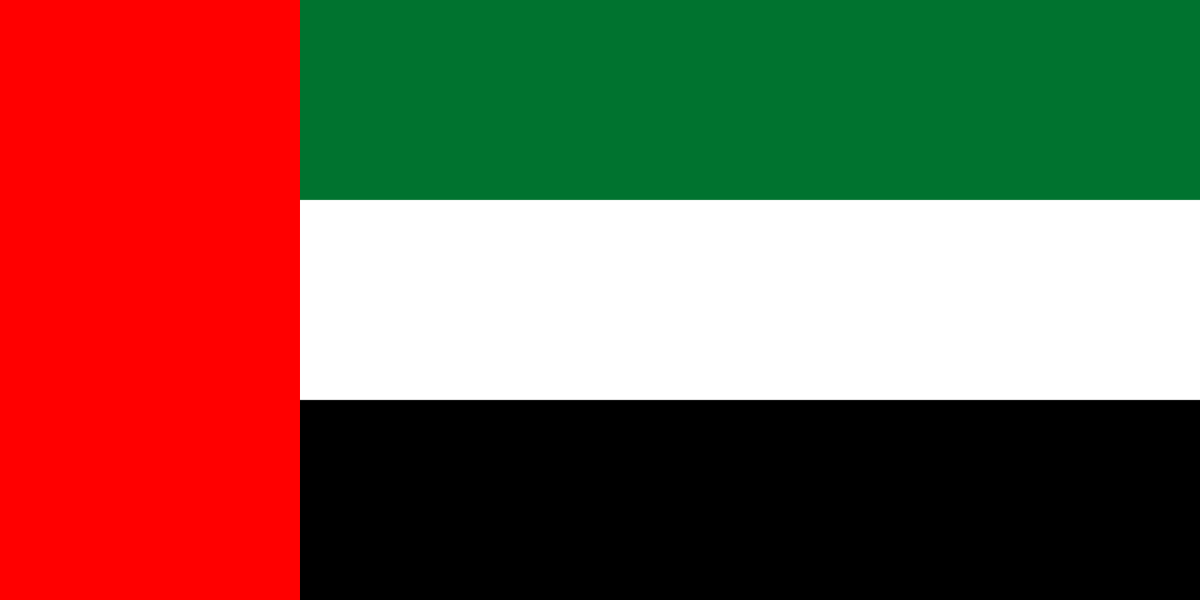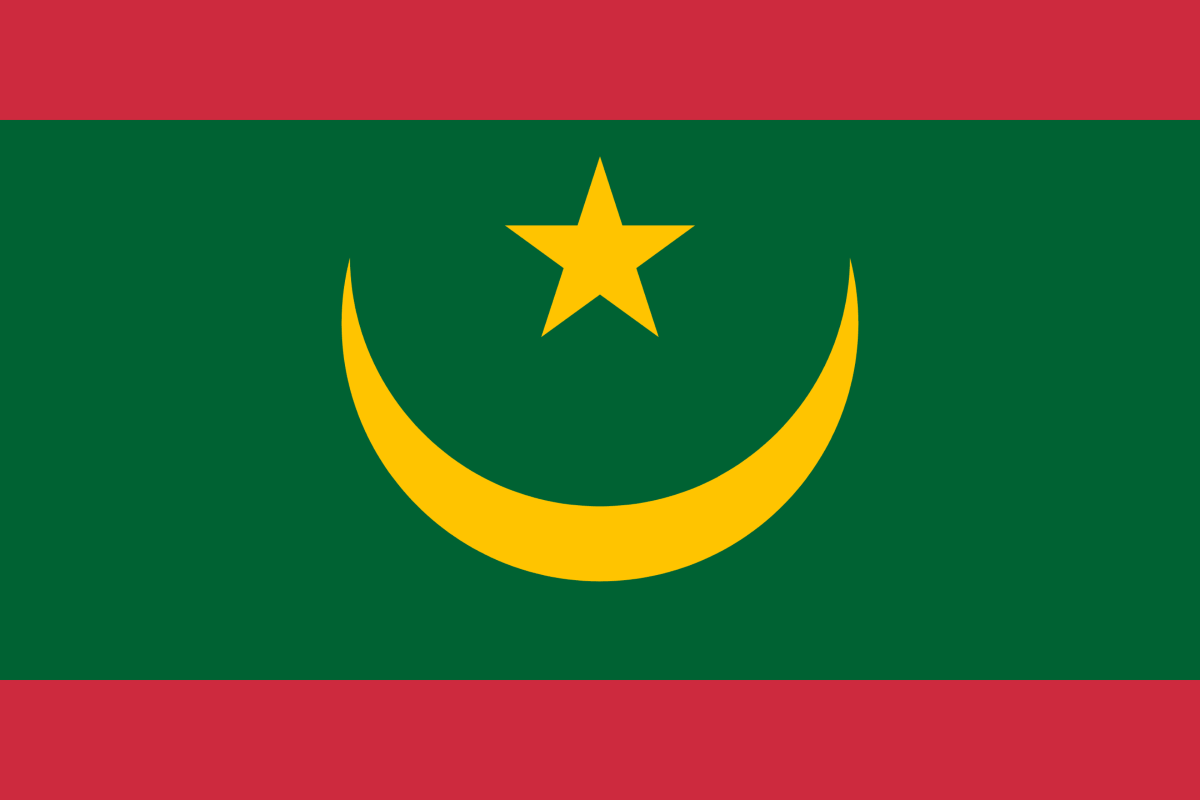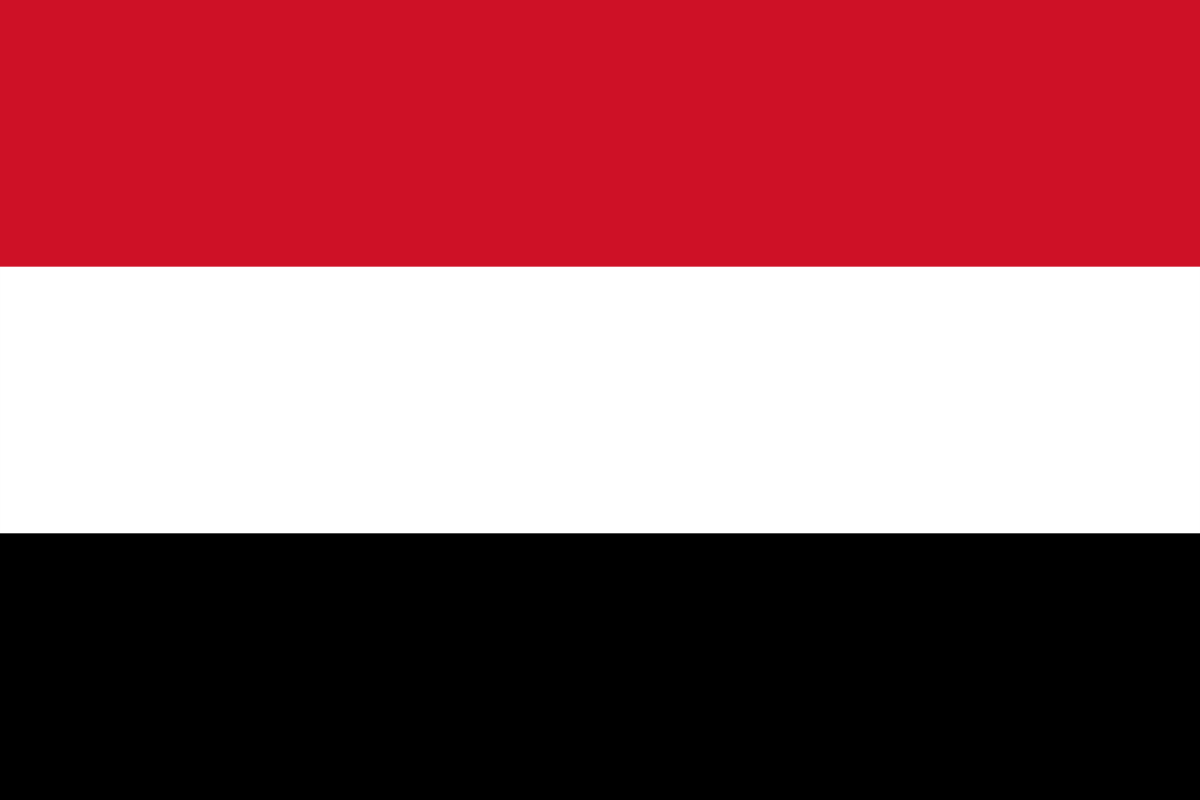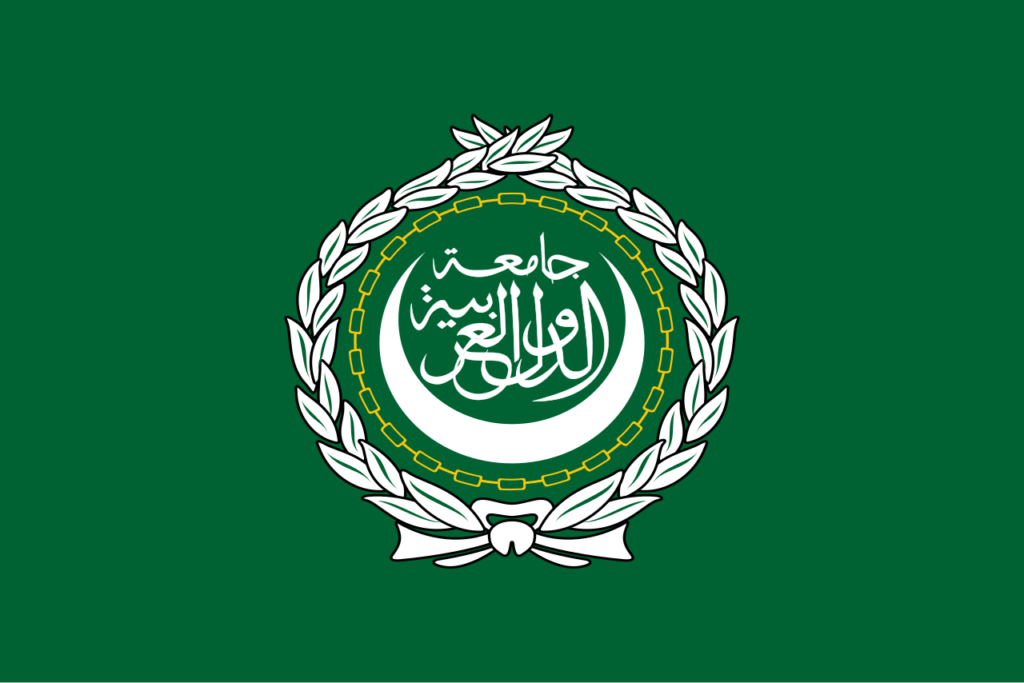
The Arab League (الجامعة العربية, al-Jāmiʿa al-ʻArabiyya) was formed in Cairo on 22 March 1945, initially with seven members: Egypt, Iraq, Transjordan, Lebanon, Saudi Arabia, Syria, and North Yemen. It aims to promote the political, economic, cultural and social interests of the Arab world.
Formally known as the League of Arab States, it is a regional organization of Arab states from North Africa and West Asia. The Headquarters are in CAIRO and the current and 8th Secretary-General, Ahmed Aboul Gheit, assumed office on 3 July 2016.
The League currently has 22 member states, Algeria, Bahrain, Comoros, Djibouti, Egypt, Iraq, Jordan, Kuwait, Lebanon, Libya, Mauritania, Morocco, Oman, Palestine, Qatar, Saudi Arabia, Somalia, Sudan, Syria, Tunisia, United Arab Emitates and Yemen.
7 other countries are invited to participate during select Arab League sessions but do not hold voting rights, these are: Armenia, Brazil, Chad, Eritrea, Greece, India and Venezuela.
The flag of the Arab League was adopted on March 8, 1945. The design consists of a green field with the organizations seal which is two olive branches and 22 chain-links encircling a crescent with “League of Arab States” in Arabic script.
For more information including Population, Area, Currency and Country Shape see our guide books: Flags & Countries of The World or Flags & Countries of The World Pocket Reference Guide

